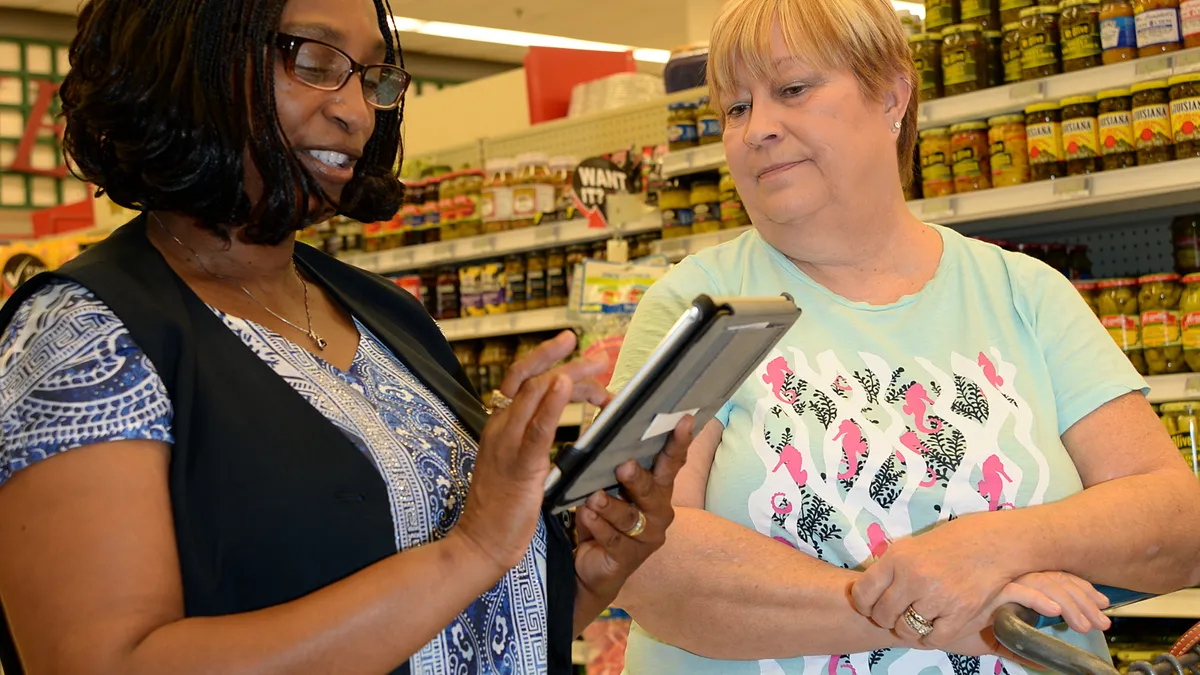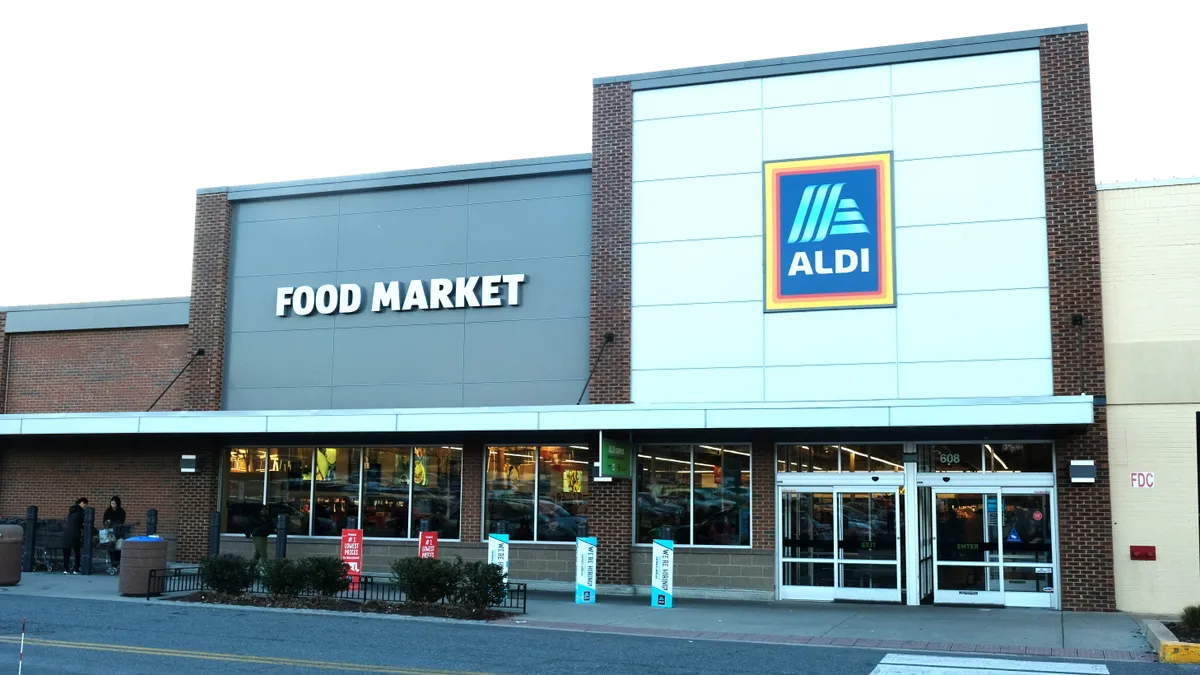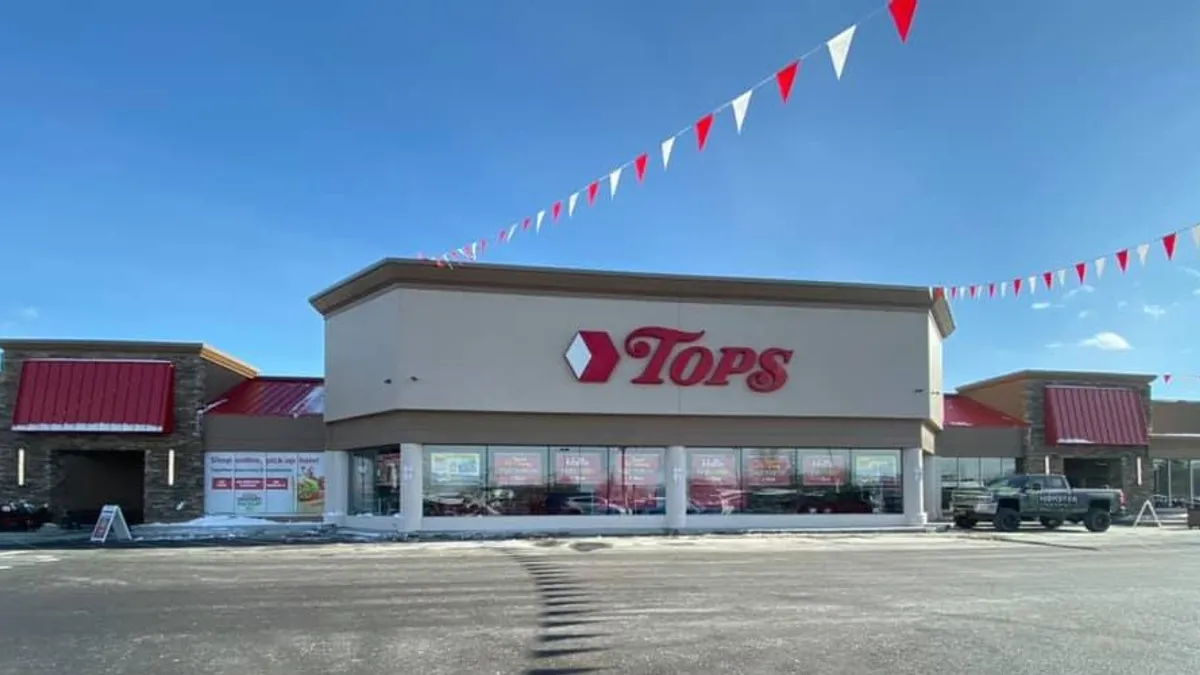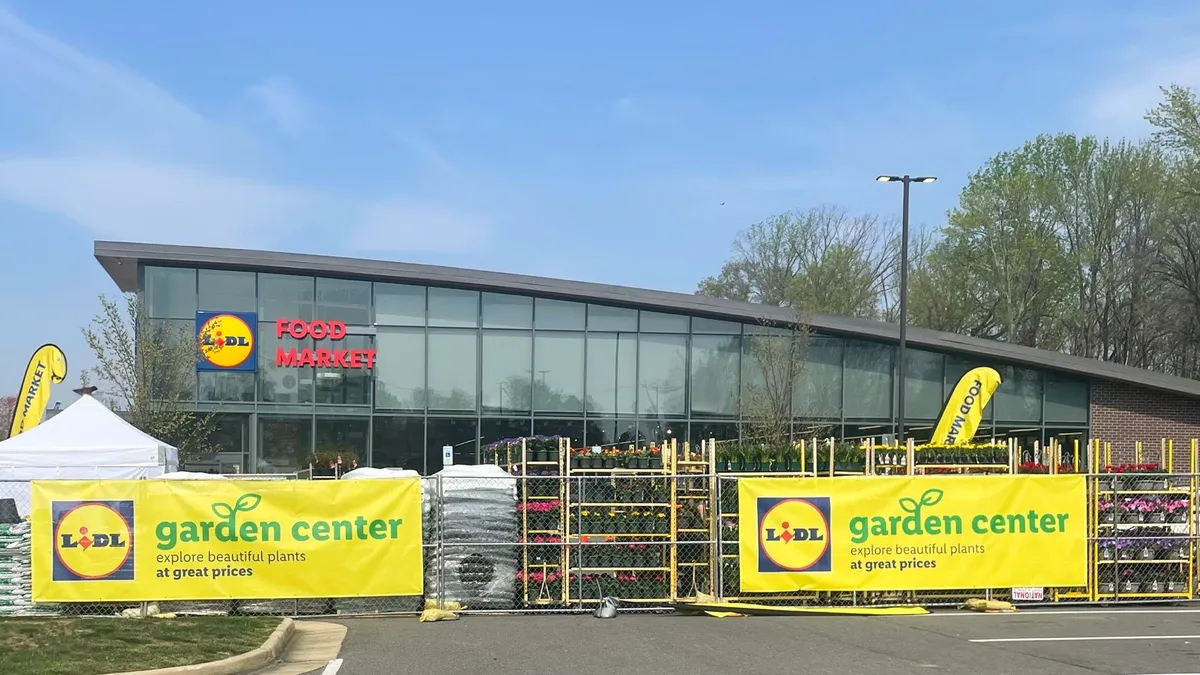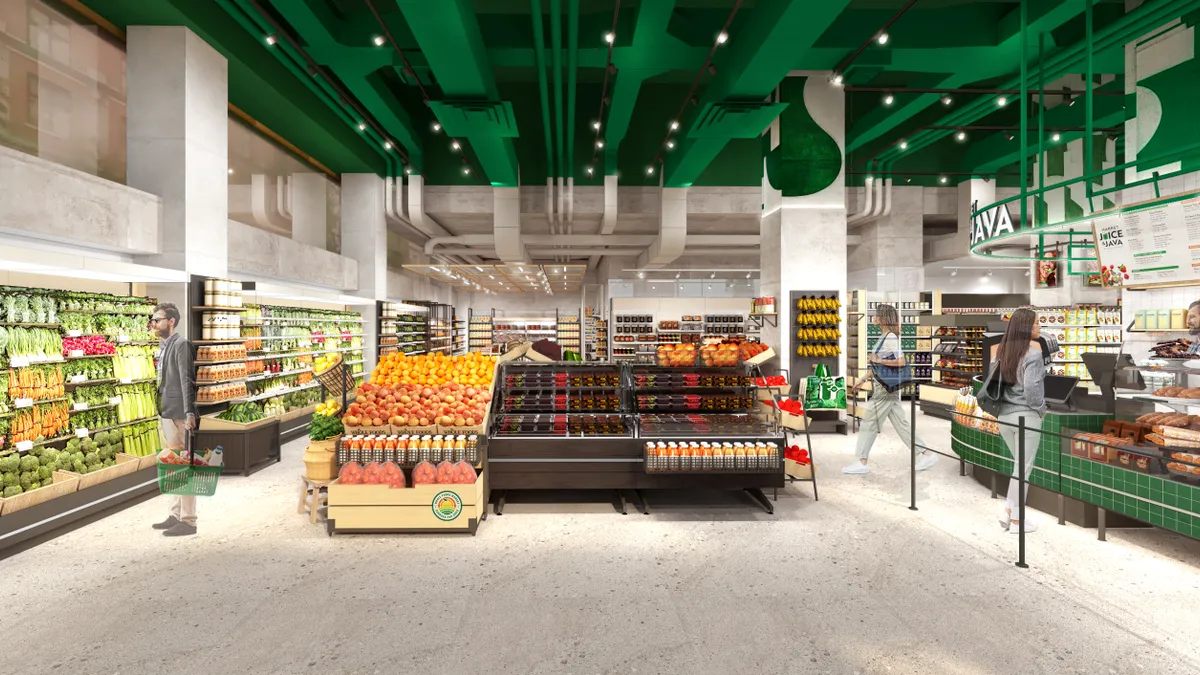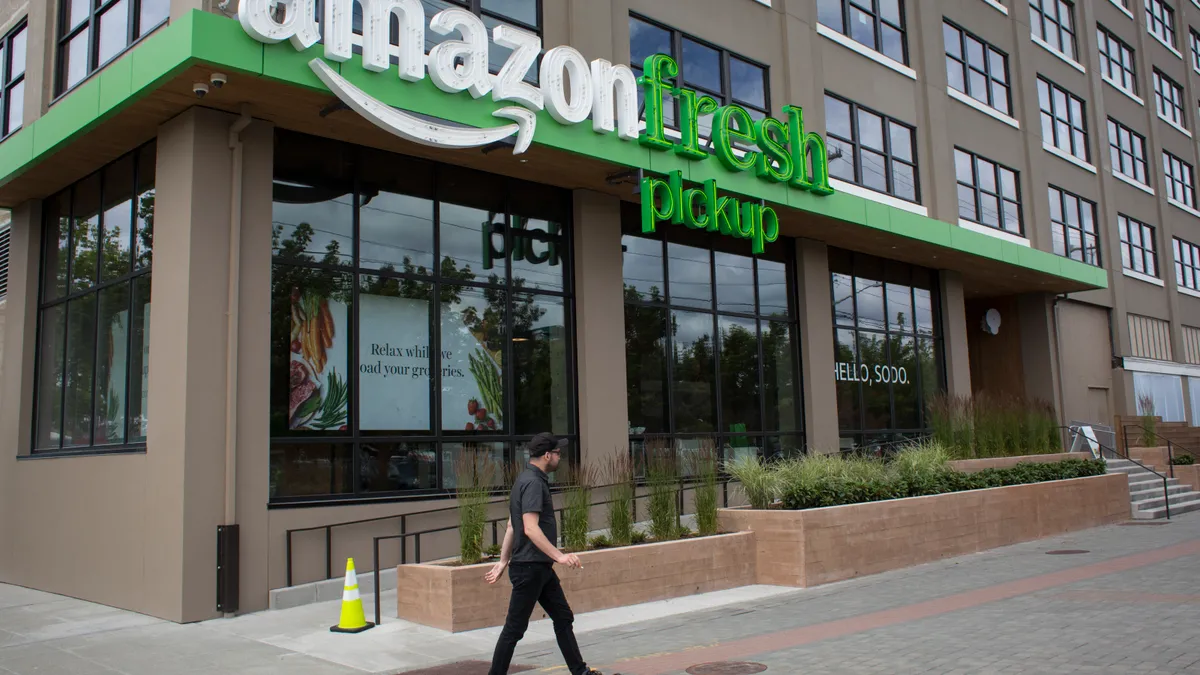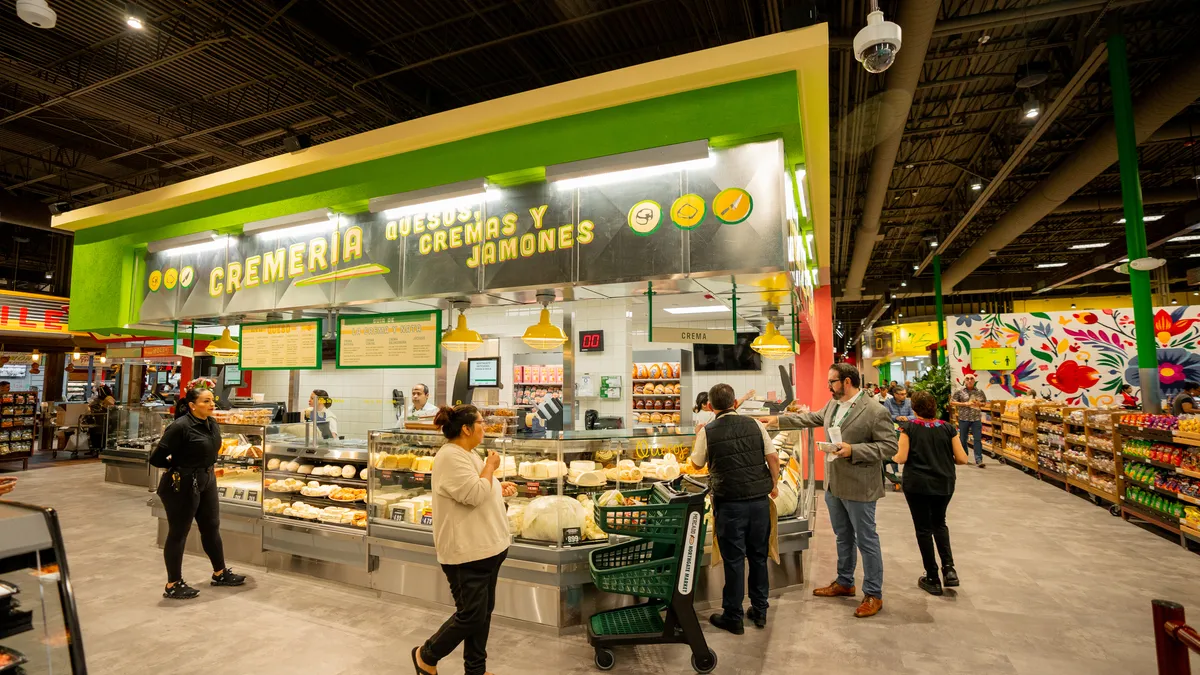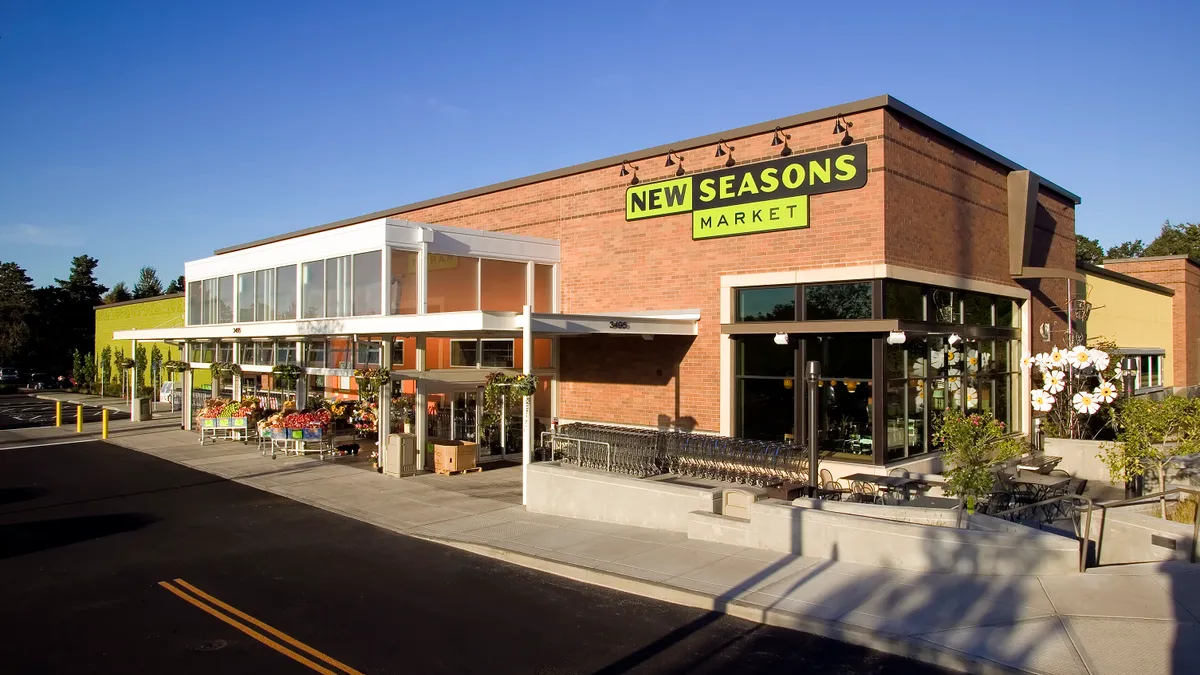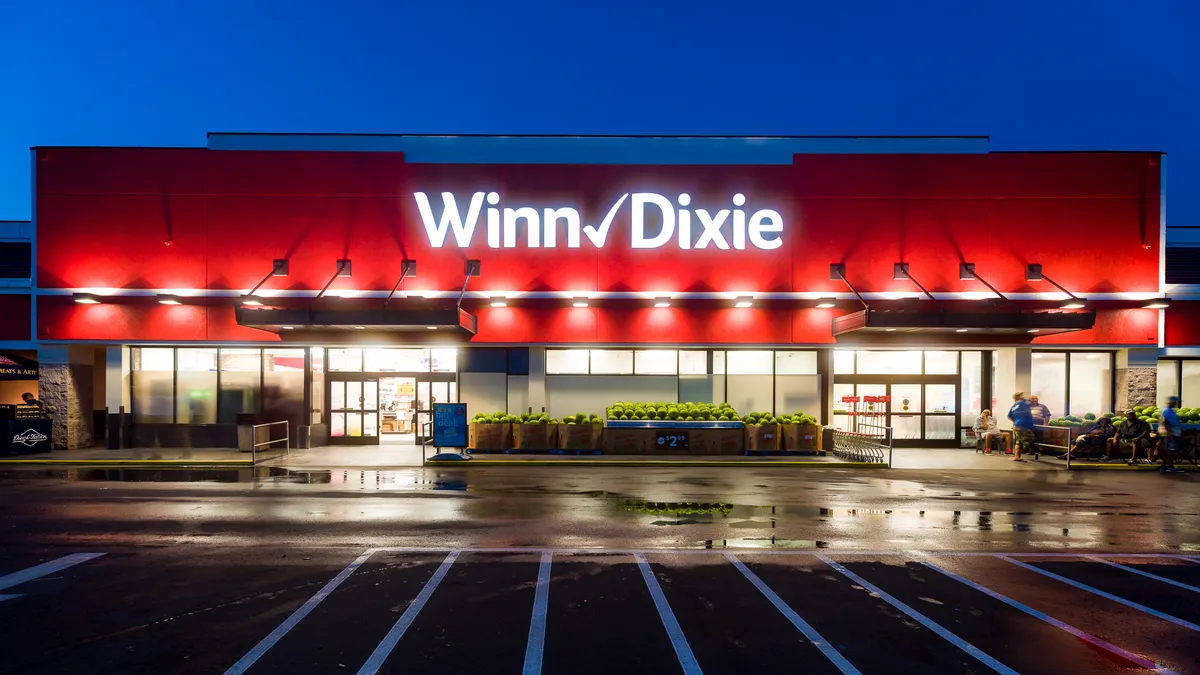David Baker, an entrepreneur and brand strategist, is currently VP of Product & Brand Strategy at RevUnit, the award-winning digital strategy and product studio focused on enterprise transformation. He works behind the scenes with some of America’s largest online and in-store retailers to strategize and build digital products and platforms to help their employees #WorkBetter
The battle between online and brick-and-mortar retailers to dominate the future of grocery is evolving. Online retailers are beginning to invest more in physical spaces, while brick-and-mortar competitors are expanding their digital presence. The stakes are high in an already difficult corner of the retail space. The grocery chains slowest to adapt will likely be forced to close their doors.
As fierce competition drives change that blurs the distinction between online and store-based grocery, we’re also seeing new store concepts and more experimentation around omnichannel business models like delivery, subscription, curbside, and meal kits — and soon, we’ll see more practical applications of emerging tech like AI and augmented reality.
In short, grocers are scrambling to modernize in hopes of future-proofing their business. As they work to position themselves favorably amid significant industry-wide disruption, the future of grocery seems perhaps less clear than ever before, leaving many leaders in the space wondering if they are taking the right approach — particularly when it comes to technology.
The innovation imperative
While there is uncertainty and continued experimentation around exactly what the future of grocery will (or should) look like, what’s already clear is that there is an urgent need to evolve. Taking a wait-and-see approach will likely be fatal.
A recent study from Accenture Strategy underscored the importance of retailers innovating to meet evolving customer expectations. Chris Donnelly of Accenture Strategy summarized the findings, saying, “The success of retailers and consumer goods companies to unlock value will be dependent on their ability to gain a deep understanding of consumers, embrace disruptive technologies and adopt innovative business models.”
In addition to pointing toward the need for disruptive technology and new business models, the same research from Accenture Strategy called out a strong need to “reskill” the retail workforce to ensure they are prepared for the future of the industry. This human transformation element is a critical part of the digital transformation journey that is far too often overlooked.
Don’t be tempted to believe that automation alone will eliminate all the workforce challenges to come. While McKinsey suggests that automation could result in labor substitution of up to 68% in the grocery space someday, it certainly won’t replace a bulk of the workforce right away. There are a number of factors that will dictate the pace of workforce automation. In the meantime, the millions-strong human workforce remains a major piece of the digital transformation puzzle.
With front-line workers representing a strategic component of digital transformation for retailers for the foreseeable future, I wanted to share what we’ve learned partnering with major enterprise grocers to help them align their technology strategy to the organization’s broader digital transformation goals.
Our experience is that with the right strategic approach, front-line grocery workers can be empowered by technology, rather than at odds with it.
Finding new efficiencies
One of the more obvious applications of technology for retail workers is with the digital tools they’ll use in the future to do their day-to-day work. Mobile tools in particular offer a number of compelling use cases that can help boost the productivity of the front-line retail worker while elevating the customer experience.
With the right technology in place, retail workers stand to benefit from increased efficiencies, the benefits of automation, and instant access to information that can help them provide better experiences for their customers.
Imagine a store manager replacing a paper and clipboard with an iPad to track employee schedules or store inventory, for example. As customer expectations become greater and more complex, frontline workers will need to lean on these types of digital tools wherever they can to delight customers while still keeping the store running smoothly.
Workforce training revisited
Technology isn’t just automating paper-and-pencil tasks. It’s also helping facilitate a massive evolution of the retail workforce. Enterprise leaders recognize the value of robust employee learning programs in helping prepare retail workers for the future, but it’s no small challenge to deliver compelling learning opportunities for associates.
For the largest enterprise grocers, scale is an especially difficult challenge when attempting to leverage technology to deliver effective learning opportunities for a diverse and geographically distributed workforce.
At RevUnit, we recently partnered with one of the world’s largest retailers to help rethink how store associates are trained. Patchwork, off-the-shelf learning solutions just weren’t cutting it, and employees were disengaged or outright frustrated with the clunky software that is far too common in the enterprise.
In helping the retailer reimagine how technology could facilitate better employee learning, we built a complete digital learning platform. We took an agile approach, leveraging dedicated teams to build robust solutions quickly, iterating often and refining the solution based on user testing.
The end result was a solution that empowered more immersive learning, both in-classroom with instructors and in more self-directed learning environments. Hundreds of thousands of associates have already benefited from the training, which is now available to millions of workers within the company.
The value of more robust and intentional learning is that employees stand ready to interact more competently with digital tools and are ready to adapt to new business models as customer demands send retailers, particularly in the grocery space, scrambling.
Empowering diversity
Since digital tools are quickly becoming essential to daily productivity and employee learning, there is a critical factor to consider when building and deploying these tools: workforce diversity.
In designing tools for the future workforce, we have to keep in mind what we want the workforce of the future to look like. Ideally, it will be full of skilled and diverse workers, including employees of different ages, genders, backgrounds, ability levels and educational experience.
Organizations are increasingly recognizing the value of a more inclusive workforce, and retail enterprises are no exception. In fact, a study by the Journal of Management a little over a year ago found that retail stores that had a more diverse workforce actually performed better than peers with a more homogenous workforce.
What does it look like to build enterprise tech that acknowledges the different ways in which diverse individuals interact with technology? It starts with a design-led process that integrates empathy as a core priority. This human-centric approach must be baked into every aspect of the design process, from initial pre-flight and strategy all the way through final user testing.
Committing to a robust, empathetic design approach when building employee tech ensures that you end up with digital solutions that work in the real world with real front-line workers -- something that has traditionally been a major stumbling block for enterprise technology.
The human face of innovation
There is no denying that grocers face tremendous pressure to innovate if they hope to maintain relevance in the face of rapidly changing consumer behavior and expectations. It’s a messy space. There are few obvious answers, and the right path forward will depend on each retailer and the unique value it can bring to the consumer.
But while the future of grocery is not yet in full focus, we know that the customer experience — namely considerations like convenience, value and personalization — will be critical, and an omnichannel approach will likely be necessary to deliver on these needs. Technology is driving the shift, but that’s not the whole story. You’ll still need people to make it happen.
It’s essential that as grocers explore how technology will transform their organization, they don’t forget the essential human element. The grocers that get it right will gain a serious competitive advantage during a turbulent time for retail.


